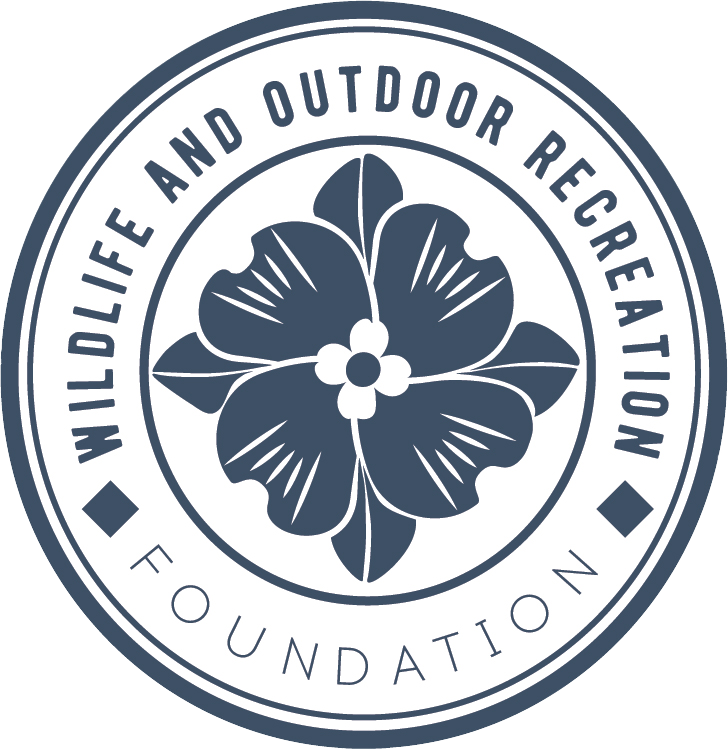Stream and wetland mitigation trigger questions that can only be answered through research. Such as what species will be impacted by this effort? Answers to questions such as this are gathered through one such effort referred to as a Multi-Taxa Wildlife Study.
North Carolina is blessed with more than 40,000 miles of rivers and streams. These rich aquatic ecosystems provide habitat for a remarkable diversity of species, and they furnish people with water for drinking and recreational opportunities. These ecosystems are so important that citizens and governments have expressed a determination to protect them.
Where Does the Water Go?
Wetlands are natural sponges that absorb water and releases it slowly with the aid of trees, root mats, and other wetland vegetation.
What are you looking for?
Identifying the species present in streams before mitigation efforts provides a baseline of the species present, the quality of water, and habitat, to continue to improve efforts and protect at-risk species that may be present.
Efforts include analysis of the acoustic and camera trap data and collection of bee specimens. An additional study will also be conducted at a completed, “mature” mitigation site along the same creek, which will provide valuable reference data on the response of wildlife communities to stream and wetland mitigation. This data, in combination with the pre- and post- data collected at Stinking Quarter, will guide future recommendations for improving mitigation practices to benefit wildlife communities and at-risk species.
State and Federal laws require projects to be proposed in a way to avoid and minimize impacts to natural and wildlife resources as well as the critical roles they play in maintaining clean water and public health. Unfortunately, some projects still have an impact, and that impact, loss of land and displacement of resources, must be mitigated or replaced, at a nearby or similar location.
Mitigation typically involves restoration, enhancement, and preservation of aquatic resources where at-risk species are located. The success of mitigation has been understudied.
A pre-survey is being conducted at a future mitigation site called Stinking Quarter Stream and Mitigation site, located in Guilford county. This is part of a Multi-taxa study, that will take place for the next three years pre-construction, and an additional seven years post construction to determine the effectiveness of the restoration efforts and the impacts on the wildlife species and their habitat.
North Prong Stinking Quarter Creek Mitigation
Research studies are the best way to identify what works and what does not. This information benefits other stream and wetland mitigation sites so that our goal of restoration ecological uplift can be achieved.
Both of these projects are generating a lot of data and have already pulled on multiple partners for time, equipment and grant writing resources. Donations would help support temporary positions at the Wildlife Commission, to listen, interpret, and log Kaleidescope audio data to identify present species.




